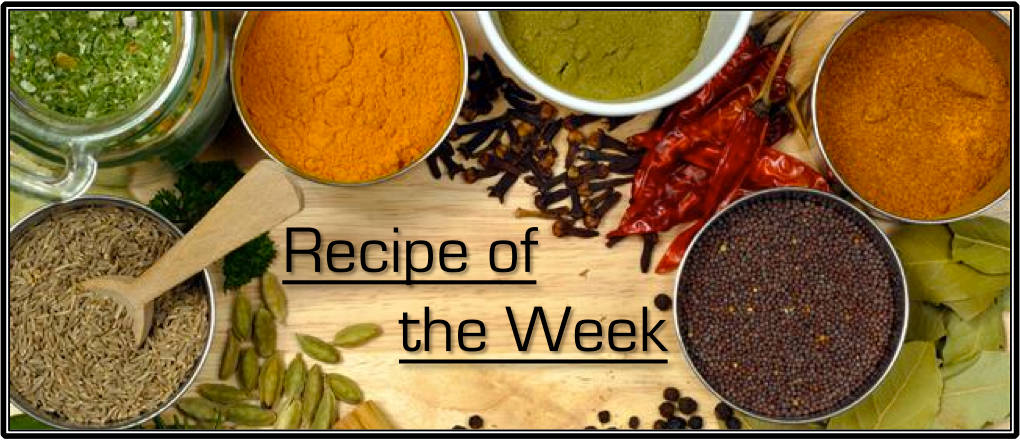The following recipe for Green Tomato and Apple Chutney is from SurvivalBlog reader St. Funogas. Here is his description:
This recipe is loosely adapted from the Ball Complete Book of Home Preserving and is a great way to use up some of those end-of-season green tomatoes. This is the best chutney I’ve tried, a spicy-sweet mix that goes well with anything from scrambled eggs and omelets, to a topping for those ho-hum pan-fried pork chops, and even makes a great salsa for chips. I typically use generous heaps when I use it. Once you try it I’m sure you’ll like it and find a variety of ways to use it.
This recipe makes 11-12 pints. For 5-6 pints, cut the recipe in half. I make a few half-pints as well to give to friends as a sample to see if they like it before I commit to giving them a whole pint.
INGREDIENTS
1,900 g Apples (about 16 apples)
3,000 g Green Tomatoes (6½ lbs, about ⅓ – ½ of a 5-gallon bucket)
700 g Onions (about 4 large onions)
1,300 g Brown Sugar (about 6 loosely packed cups)
4 cups Cider Vinegar (1 liter)
3 T Pickling Spice (see recipe below)
PICKLING SPICE INGREDIENTS
2 t Cinnamon
2 t Mustard seeds
1 t Mustard powder
1 t Peppercorns (crushed but not ground)
1 t Ginger
1 t Allspice
1 t Cloves
Mix spices together using generous measures of spices and it should produce 3T in total.
This recipe doesn’t need to be precise as far as the measurements of each of the main ingredients. The key to getting 11-12 pints is to be sure the overall weight of the apples, tomatoes, and onions is around 5,600 grams (~12½ lbs), give or take. I use mostly green tomatoes but a few pink ones always sneak in so work with whatever you have available. Things like bell peppers and tomatillos can also be used to fill in any shortages.
Chutney is the same consistency as pickle relish, with perhaps slightly larger pieces. Use a food processor to dice everything to that size, working in small batches.
DIRECTIONS
1. Add 4 cups of cider vinegar to a stainless steel kettle.
2. Peel, core, and dice the apples, then add to the kettle. To keep the apples from turning brown, peel and dice the apples three at a time and stir them into the vinegar before doing the next three.
3. Core and dice the tomatoes. Weigh out 3,000 grams before dicing and adding to the kettle.
5. Weigh out and dice 700 grams of onions, then add to the kettle.
6. Add 3T of pickling spice and blend everything together in the kettle.
Note: The brown sugar will be added later.
7. Bring to a medium boil and boil for 30 minutes, stirring frequently.
8. Add the brown sugar and mix until well dissolved.
9. Reduce the heat and simmer for another 30 minutes, stirring frequently until the chutney will mound on a spoon.
10. The canner and jars should be prepared ahead of time. With the basket removed, an average canner will hold 10-11 pint jars. When the chutney is thick enough, ladle into jars leaving ½” (1 cm) of headspace and remove any air bubbles with a small spatula or chopstick. Wipe the rim, put the lid on and screw the band down finger tight.
11. Process for 15 minutes, turn off the heat and remove the lid, then wait five minutes before removing the jars.
NOTES
• Any pieces that were not diced fine enough can be cut with kitchen shears as they rise to the top of the pot during stirring.
• If you’ve never made relish or chutney before, don’t worry that the four cups of vinegar doesn’t look like enough liquid. As everything boils down, water will be released from the apples and tomatoes, increasing the total liquid.
• To decrease the cooking time it takes to thicken the chutney to the right consistency, I ladle off a pint of the liquid towards the end, 5-10 minutes after adding the brown sugar. Seal it in a pint jar and put it in the refrigerator after it cools. This liquid can be used in stir fries and other dishes.
• The apple peels and cores can be used to make your own apple vinegar, a fairly simple process. The peels and cores from this recipe will fill a 2-quart jar enough for making vinegar.
—
Do you have a favorite recipe that would be of interest to SurvivalBlog readers? In this weekly recipe column, we place emphasis on recipes that use long term storage foods, recipes for wild game, dutch oven and slow cooker recipes, and any that use home garden produce. If you have any favorite recipes, then please send them via e-mail. Thanks!










